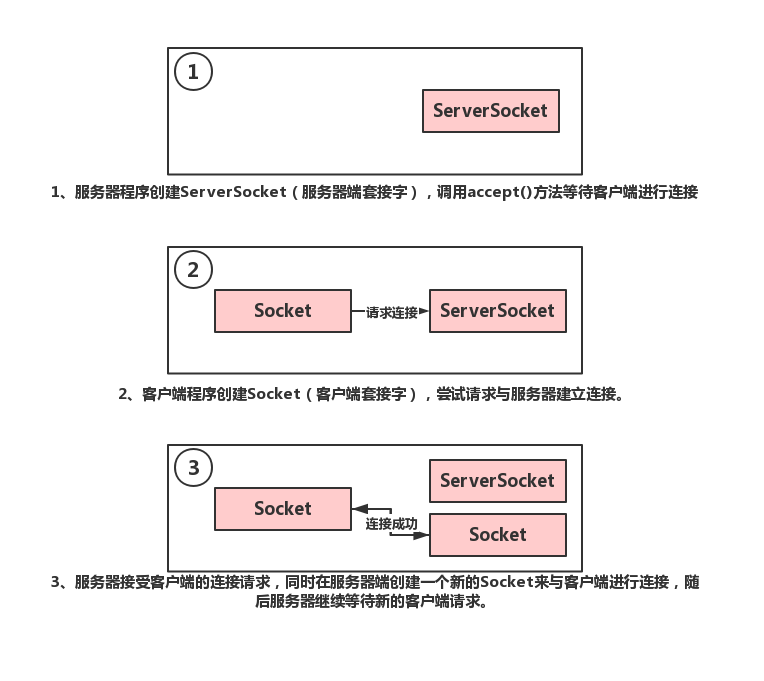python PyAUtoGUI庫實現自動化控制鼠標鍵盤
PyAutoGUI 不知道你有沒有用過,它是一款用Python自動化控制鍵盤、鼠標的庫。但凡是你不想手動重復操作的工作都可以用這個庫來解決。
比如,我想半夜時候定時給發個微信,或者每天自動刷頁面等操作,它能完全模擬手動操作,而你可以安心的刷劇了。
嗯,懶惰是程序員的美德。
安裝pyautogui
pip install pyautogui
鍵盤鼠標控制
>>> import pyautogui>>> screenWidth, screenHeight = pyautogui.size() # 返回屏幕分辨率>>> currentMouseX, currentMouseY = pyautogui.position() # 返回鼠標的所在位置>>> pyautogui.moveTo(100, 150) #移動鼠標到指定位置>>> pyautogui.click() # 單擊>>> pyautogui.click(200, 220) # 單擊指定位置>>> pyautogui.move(None, 10) # 移動鼠標10個像素>>> pyautogui.doubleClick() # 雙擊鼠標>>> pyautogui.write(’Hello world!’, interval=0.25) # 輸入字符串,每個字符停留時間0.25秒>>> pyautogui.press(’esc’) # 退出鍵>>> pyautogui.keyDown(’shift’) # Shitf鍵盤>>> pyautogui.hotkey(’ctrl’, ’c’) # 組合鍵
用pyautogui自動畫圖

顯示消息盒子
除了可以控制鼠標鍵盤外,還可以調用系統彈窗
>>> import pyautogui>>> pyautogui.alert(’This is an alert box.’)’OK’>>> pyautogui.confirm(’Shall I proceed?’)’Cancel’>>> pyautogui.confirm(’Enter option.’, buttons=[’A’, ’B’, ’C’])’B’>>> pyautogui.prompt(’What is your name?’)’Al’>>> pyautogui.password(’Enter password (text will be hidden)’)’swordfish’

通過窗口消息盒子可以實現一些簡單的人機交互,比如某些地方需要人工輸入內容時,這樣可以接受用戶的指令。
截屏
截圖是使用的Pillow模塊實現的,截圖的用處在于通過圖片識別技術識別圖片內容,然后通過內容精準定位到某個元素的位置,實現精準點擊。
>>> import pyautogui>>> im1 = pyautogui.screenshot()>>> im1.save(’my_screenshot.png’)>>> im2 = pyautogui.screenshot(’my_screenshot2.png’)
以上就是python PyAUtoGUI庫實現自動化控制鼠標鍵盤的詳細內容,更多關于python PyAUtoGUI庫的資料請關注好吧啦網其它相關文章!
相關文章:

 網公網安備
網公網安備